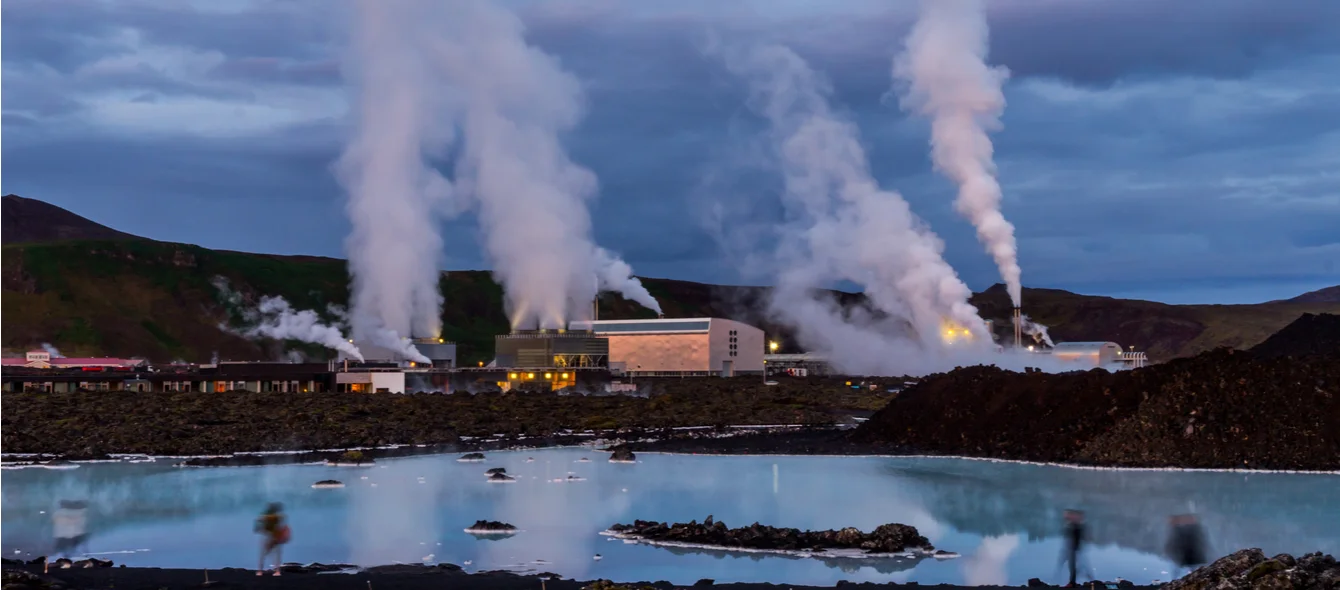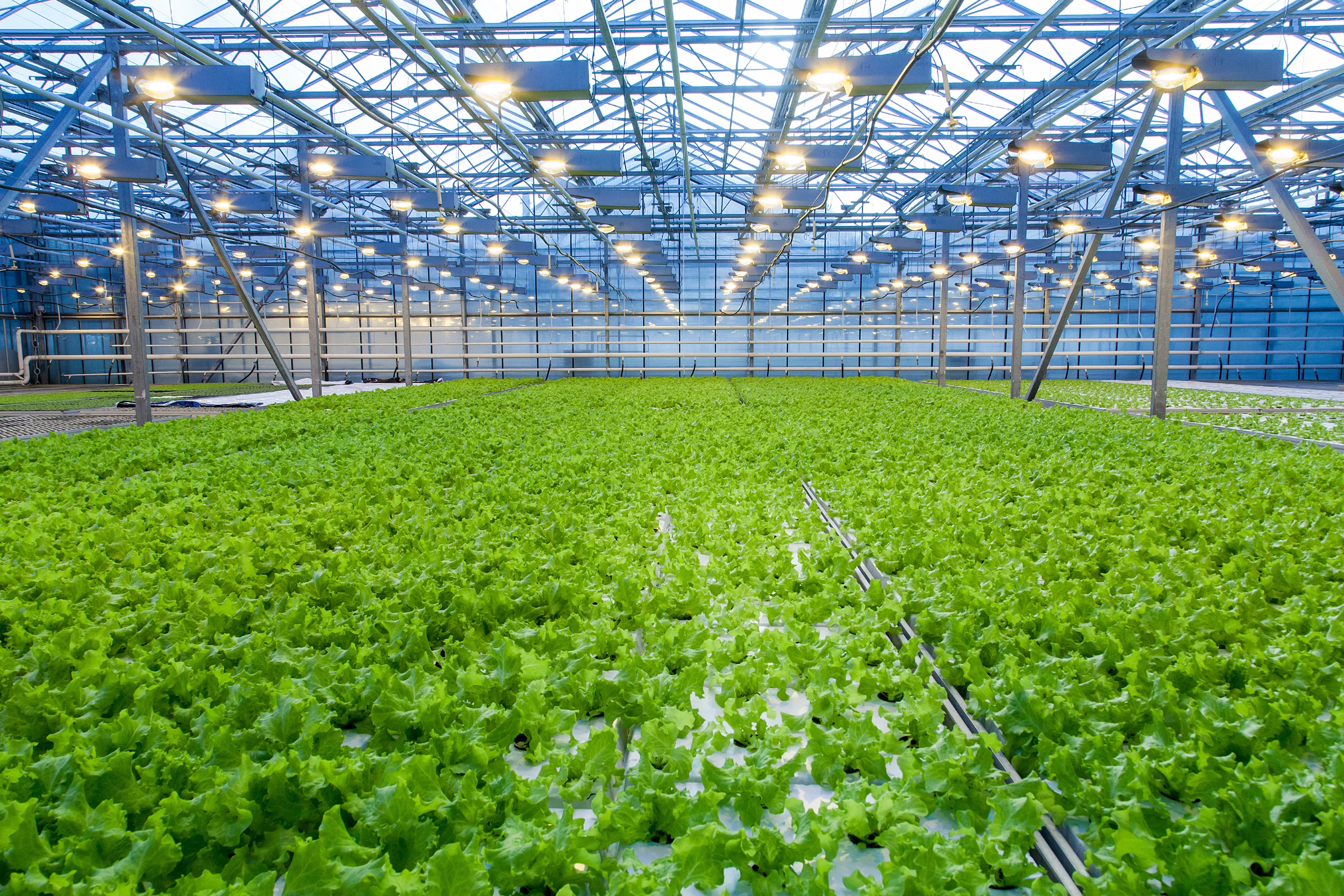Geothermal energy has long been something of a grey area when it comes to the energy transition – until now that is! Many people now share the same opinion as Inga Moeck: “A thermal transition without geothermal energy is not possible.” Moeck is a professor at the Leibniz Institute for Applied Geophysics (LIAG) at the University of Göttingen, where she researches the potential of geothermal energy, and is certain that geothermal energy is going to play an integral part in low-emission energy supply. Why? Well, “wind power, biomass or solar energy are simply not able to replace fossil energy sources when it comes to the heating market.”
"A thermal transition without geothermal energy is not possible." Inga Moeck, professor at the Leibniz Institute for Applied Geophysics (LIAG) at the University of Göttingen
Enough energy for hundreds of thousands of years
What does geothermal energy, i.e. thermal energy generated and stored in the Earth, have on wind and solar power? Well, for one it’s available around the clock. And its advantage over biomass? Easy: it doesn’t compete with foodstuffs and agricultural land, not to forget that its potential is – at least in theory – almost inexhaustible. The outer 5 kilometres of the more than 6,000 kilometres from the earth’s crust to the core alone contain enough energy to cover today’s global annual energy demand multiple hundred thousand times over.
Given that the heat increases with the depth – by 3 degrees Celsius every 100 metres on average – the limits are more related to the technical and economical realisation. Depending on its location, the temperature can vary widely. The most extreme examples are volcanoes, where temperatures of several hundred degrees bubble at the earth’s surface. But also warm thermal springs and geysers are valuable energy sources because they are easily accessible. It is not for nothing that Iceland is considered the land of geothermal energy: The island obtains more than half of its primary energy from geothermal energy. Only a few households there heat their homes in other ways. Icelanders also generate electricity from geothermal energy by driving steam turbines with boiling hot thermal water.
The proximity of geothermal energy to the surface in Iceland makes this type of power generation so efficient that there are plans to export the electricity generated in this way to Great Britain via a submarine cable. For in the UK, as in many places across Europe, geothermal energy lies concealed much deeper underground than on the volcanic island in the North Atlantic. In Germany, for example, there are only a handful of places where there is enough accessible hot water to generate electricity economically, such as to the south of Munich at the edge of the Alps, for example.
However, this does not mean that no other locations are able to harness the power of geothermal energy. On the contrary, stresses geologist Moeck: “Geothermal energy is now all about heat – even when it comes to deep drilling. It’s not even about electricity anymore.”
400,000 plants focus on providing heat
According to the German Geothermal Association, almost 400,000 geothermal plants were in operation in Germany at the end of 2018. Their total capacity was just under 35 megawatts (MW) of electricity and 4,600 MW of heat. This was enough to supply 47,000 two-person households with electricity and 580,000 two-person households with heat.
The power provided in this way has been almost consistent for some time now, but the heat output has been known to be higher in the past. For expert Moeck, this is down to the fact that geothermal energy has been rather left by the wayside in Germany. The professor criticises the fact that state support for research is not sufficient to pique the interest of businesses and bring the tech to market maturity. “Even drilling for research purposes is no longer that straightforward, as the tech is being used for other purposes.”
The Netherlands as frontrunners
When considering her Dutch neighbours, Moeck can’t help but feel a pang of jealousy. In the Netherlands, the geothermal sector, in cooperation with the Ministry of Economics and the Department of the Interior, presented its ‘geothermal master plan’ in May 2018. “According to the plan, what is referred to as the ‘discovery risk’ of deep geothermal drilling is assumed by the state,” explains Moeck. “What makes this ‘dual-play exploration’ strategy so special is that it allows projects to search for gas and geothermal energy at the same time.” In this way, the Dutch government is making the transition from gas to geothermal energy attractive for investors as well. Not only the British-Dutch company Shell, but also Engie from France and Vermillion from Canada have expressed their interest.
So it is probably no coincidence that the Netherlands is this year’s partner country of the German Geothermal Congress, which took place in Munich in mid-November. Geothermal energy is, in fact, already being used in many different capacities – and not just in residential buildings. Vegetable producers also use it to keep their greenhouses at a consistent temperature. “Belgium and Denmark are trying to follow the Netherlands’ lead”, says Moeck as she expresses her desire for the German government to adopt a similar approach.


